In a recent article for The Hindu, journalist Varghese K George argued that the Indian diaspora, while celebrating Diwali and also during Ganapati immersions, crossed “the limits of acceptable public behaviour in developed countries”. He reminded the readers how “anti-immigrant and nativist protesters in Australia have singled out Indians, and in the US and Canada, nationalist campaigners have a special focus on people of Indian origin these days”.
The tone of his argument was clear: Hindus should remain understated, invisible and compliant while celebrating their festivals, especially in foreign countries. Any visible assertion of faith could be seen as “too loud”, “too religious”, or even “too visible”. The blame, thus, shifts from intolerance and bigotry onto those who follow their religion and express pride in their cultural heritage. It implies that when Hindus are attacked in the West, the fault does not lie with the aggressors or latent racism, but with the victims themselves.
Such rhetoric is not new. Historically, similar narratives were used against Jews in pre-War Europe, where the community’s financial prowess and cultural distinction were twisted into provocations. Today, a comparable narrative is being applied to Hindus — the “new-age Jews” of the West — a prosperous, law-abiding, visible minority subtly told to stop being “too loud and religious” if they wish to remain safe.
It would be wrong to say that the presence of Hindus in America is threatening the way of life of the white population there. They are a minuscule community, making up just about 1.6 per cent of the US population — fewer even than American Jews, who form 2.4 per cent.
Then why are Indian-Americans, particularly those unapologetic about their roots, now being targeted? One major reason is that they are among the most successful ethnic groups in America, boasting a median household income of over $150,000 — higher even than that of the hugely successful American Jews. Their achievements — from leading Fortune 500 companies to contesting presidential elections — have thrust them into the spotlight. But with visibility comes vulnerability.
Impact Shorts
More ShortsSecond, despite decades of progress, racism remains embedded in the Western psyche. One saw a glimpse of it when US Vice President JD Vance, in a recent interaction, said that he wished his “Hindu” wife would convert to Christianity. In this backdrop, when a brown Indian (who is seen as Black by white Americans) is perceived to be doing exceedingly well in a white nation, it raises eyebrows.
Underlying such remarks is an enduring discomfort with, if not disdain for, “pagan” faiths. For over two millennia, idol worship and polytheism have been framed in Christian theology as the marks of the “heathen”. Thus, a brown Hindu immigrant celebrating Diwali with lamps and rituals evokes an unconscious religious unease — a challenge to a worldview still steeped in Abrahamic moral hierarchies. An average white American detests seeing the traces of “paganistic barbarism” finding footholds in Christian America.
This popular discomfort is amplified by Western academia and India’s own Left-‘liberal’ intelligentsia, who have long portrayed Hinduism as a regressive, caste-ridden system requiring external “civilising” forces — whether Islam, Christianity, or even Marxism — to make it work. This academic covering fire turns the battle against Hindu “pagans” into a virtuous battle, giving it a progressive, feminist, libertarian halo.
Prominent American Indologists have reinterpreted Hindu religion and its epics through ideological lenses. Prof Sheldon Pollock, for instance, claims that the Ramayana was a “hegemonic discourse” designed to justify elite domination — specifically by kings and Brahmins — over the masses. He also alleges that the Ramayana’s portrayal of Ravan and the Rakshasas as “others” forms the ideological foundation for later-day hatred toward Muslims. In his view, the sacred Hindu epic has been instrumental in legitimising violence against Muslims. Such readings do not merely distort religious texts — they delegitimise the entire Sanatana civilisation by accusing it of being racist and of selectively targeting religious and social minorities.
Ironically, in the world of American Indology, Prof Pollock seems a sobering figure, though his work remains far more insidious, especially when compared with the likes of Wendy Doniger and Audrey Truschke. And this shows the challenge Hindus face in the West: they are on the one hand targeted by Americans who espouse racism, and on the other abhorred by those “secular”, “liberal” Americans who are apologetic about the West’s racist past. The latter see Hindus as the carriers of modern-day racism through the agency of their ancient religion.
Such intellectual bias begins in American schools. As Rajiv Malhotra notes in his book Fighting Rama Phobia in the United States of America, US schools teach distorted versions of Hindu epics, where students role-play as “oppressed Dalits” or “Muslim victims” confronting “Aryan invader Rama”. This narrative — both racialised and revisionist — trains young, impressionable minds to view Hindu culture and religion as inherently oppressive, divisive, and backward-looking.
On college and university campuses, this targeting morphs into a more organised hostility, where “Brahminical patriarchy” becomes shorthand for everything regressive. Under this framework, even celebrating Diwali or defending the Ramayana is showcased as an act of “fascism”.
Isabel Wilkerson, a Pulitzer Prize-winning African American journalist and author, extends Bharat’s socio-cultural structure to describe America’s racial tensions, framing the Sanatana civilisation as the original model of hierarchy. She, quite mischievously, uses the term “caste” to describe racial tensions between Blacks and Whites in the United States. Wilkerson’s core thesis is that Bharat’s social structure is “the world’s original caste system”.
Such theories mischievously — and deliberately — flatten socio-cultural nuances and reinforce stereotypes that Hindus are innately prone to oppression and violence, provided they are ideologically tampered with.
As attacks on Hindus in the West grow more frequent, the community must realise that assimilation without assertion offers no protection. Pride in faith, festivals, and cultural identity is not an act of aggression — it is the natural expression of belonging.
Hindus, like Jews before World War II, have excelled individually but failed institutionally. There is no strong advocacy group or coordinated defence mechanism against cultural defamation or racial violence. They must take a cue from American Jews and invest wisely in the country’s politics, creating a viable support base.
If they do not develop such groups and shed their individualistic mindset, things will only worsen in the future.
(Views expressed in the above piece are personal and solely those of the author. They do not necessarily reflect Firstpost’s views.)


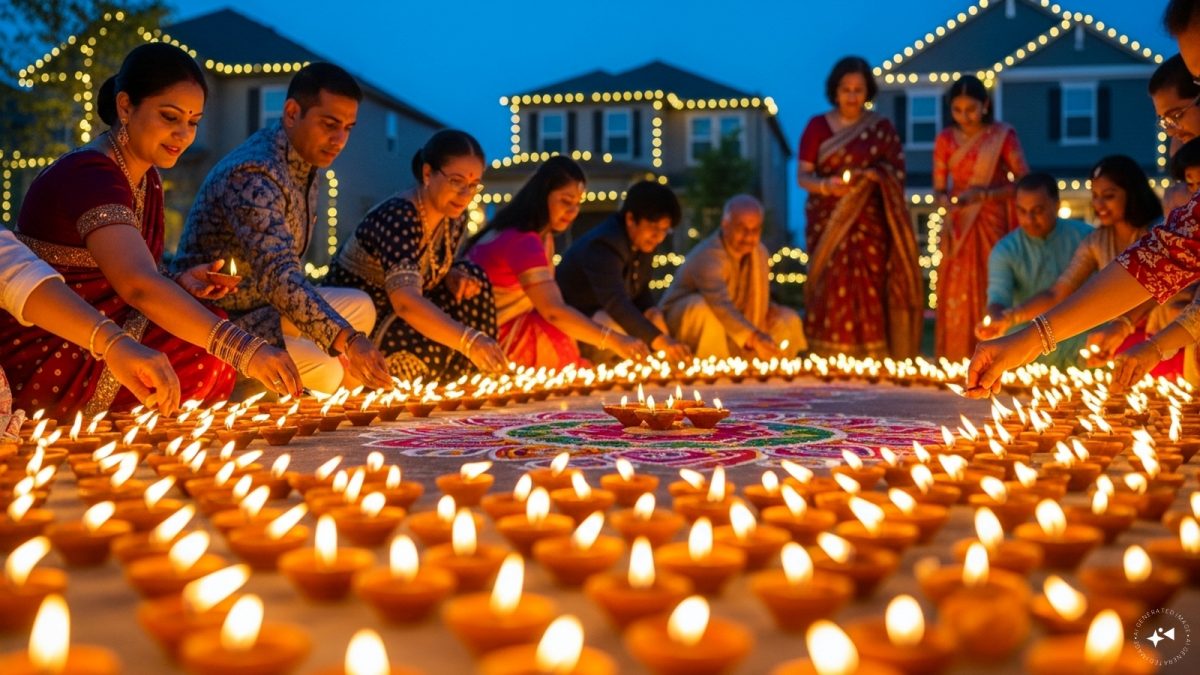)
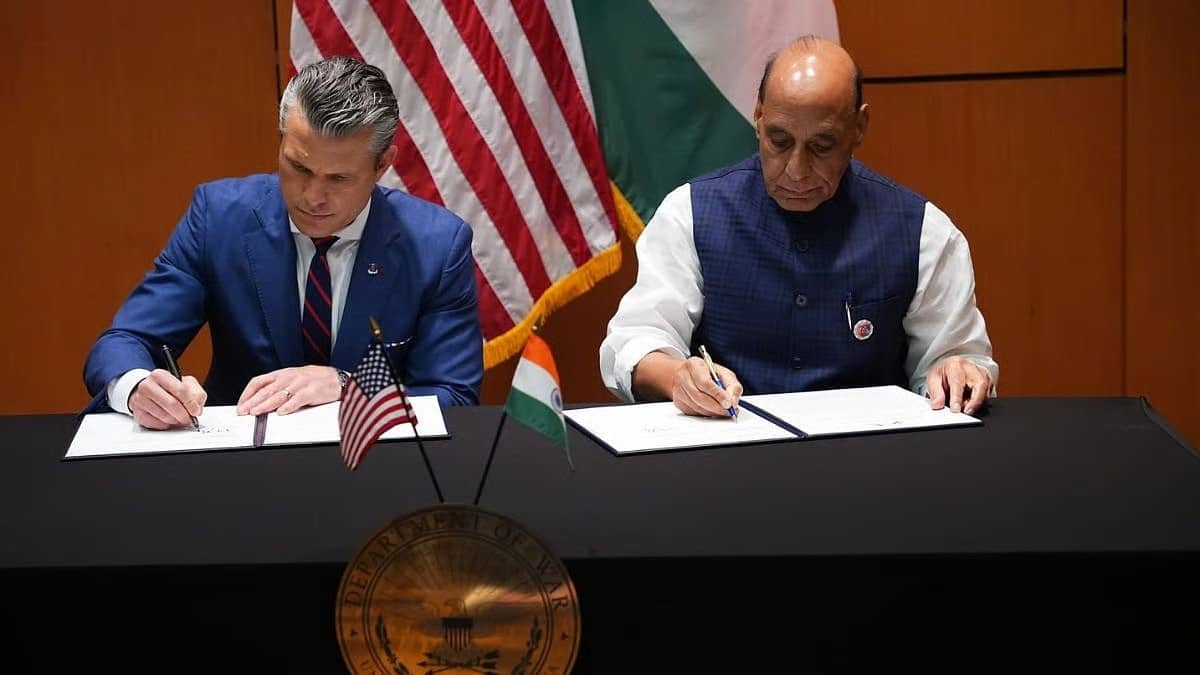
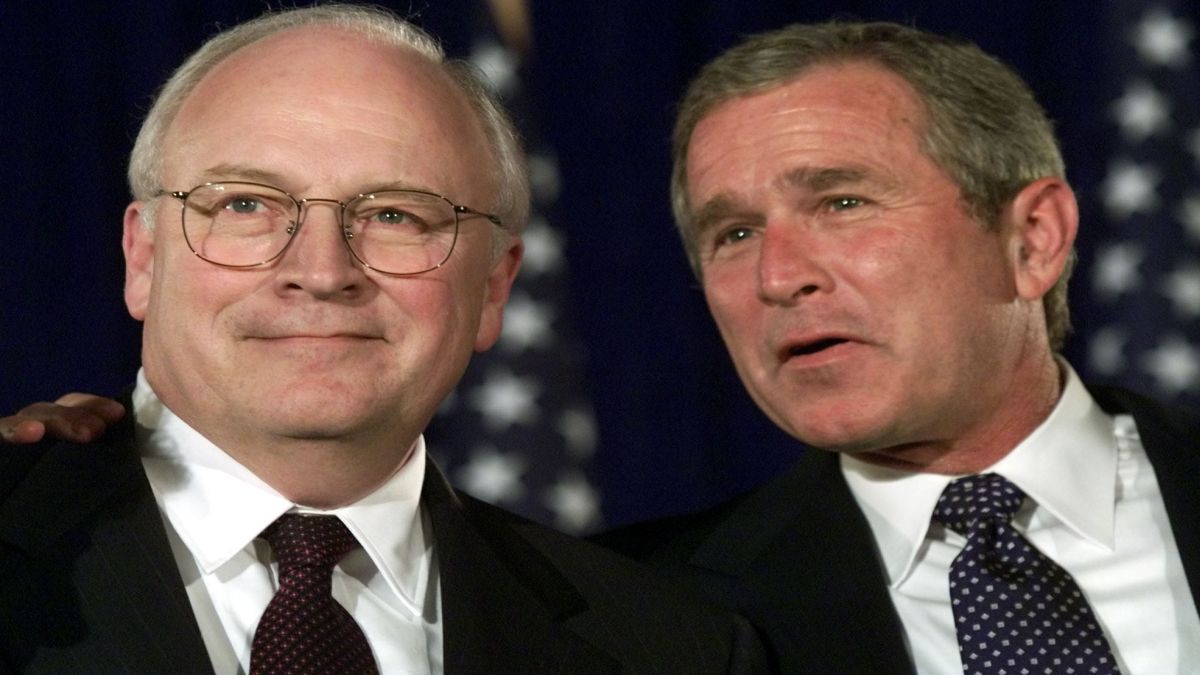)
)
)
)
)
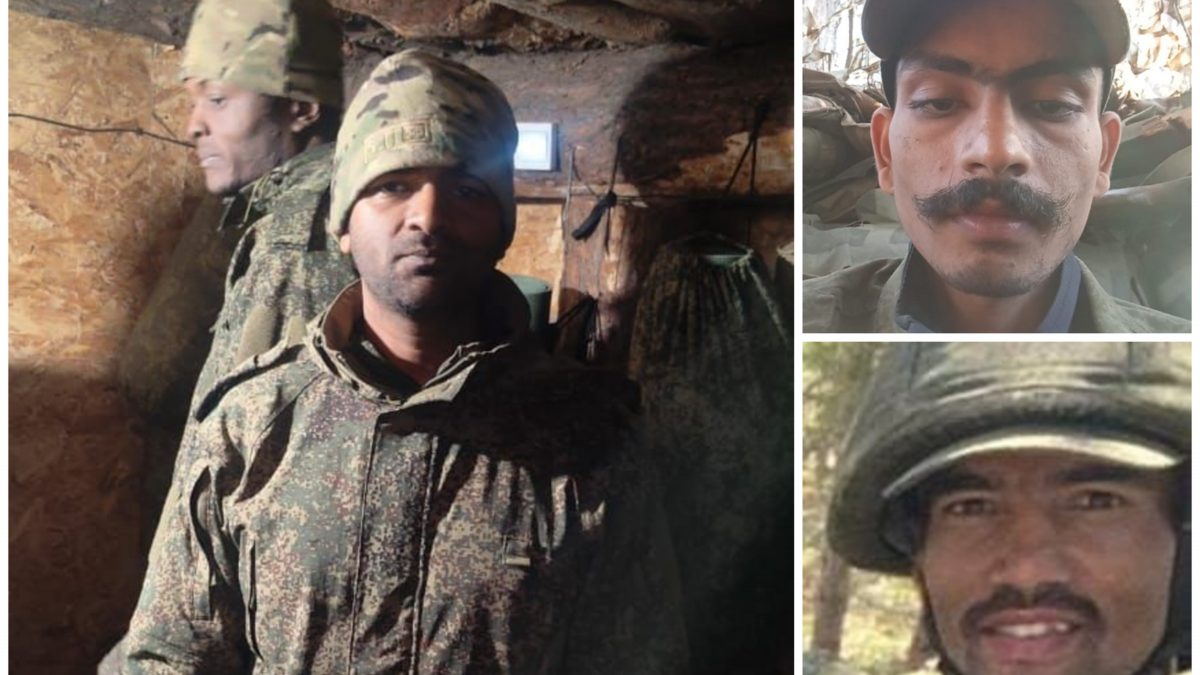)
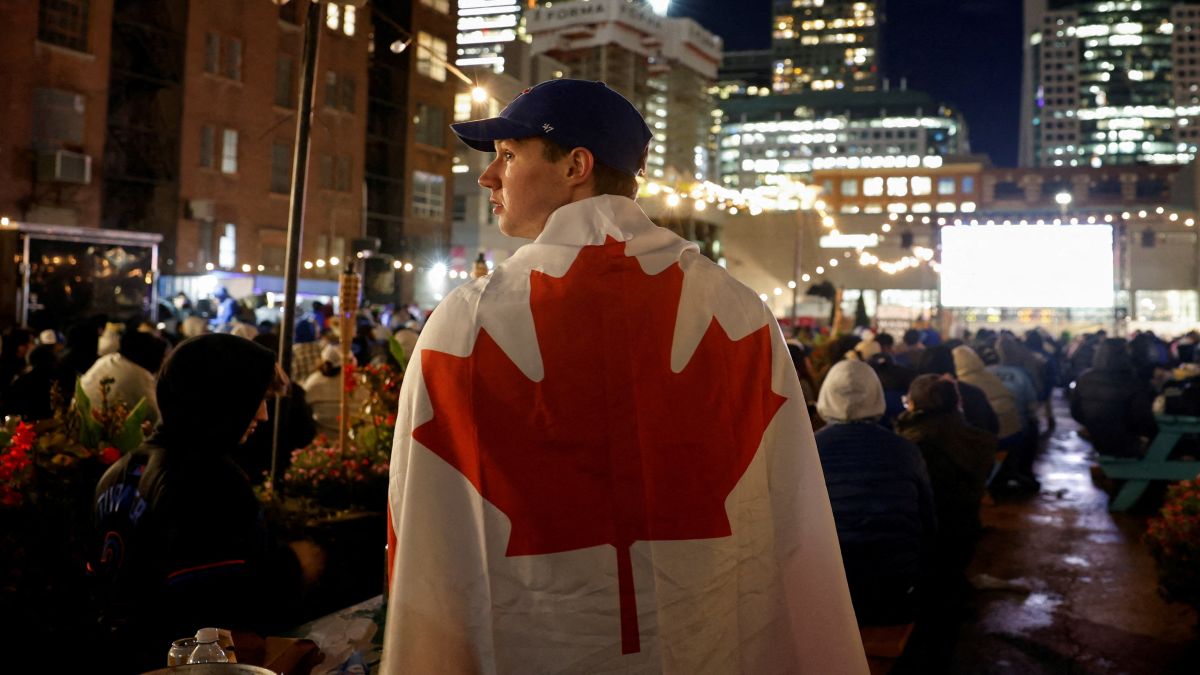)
)



